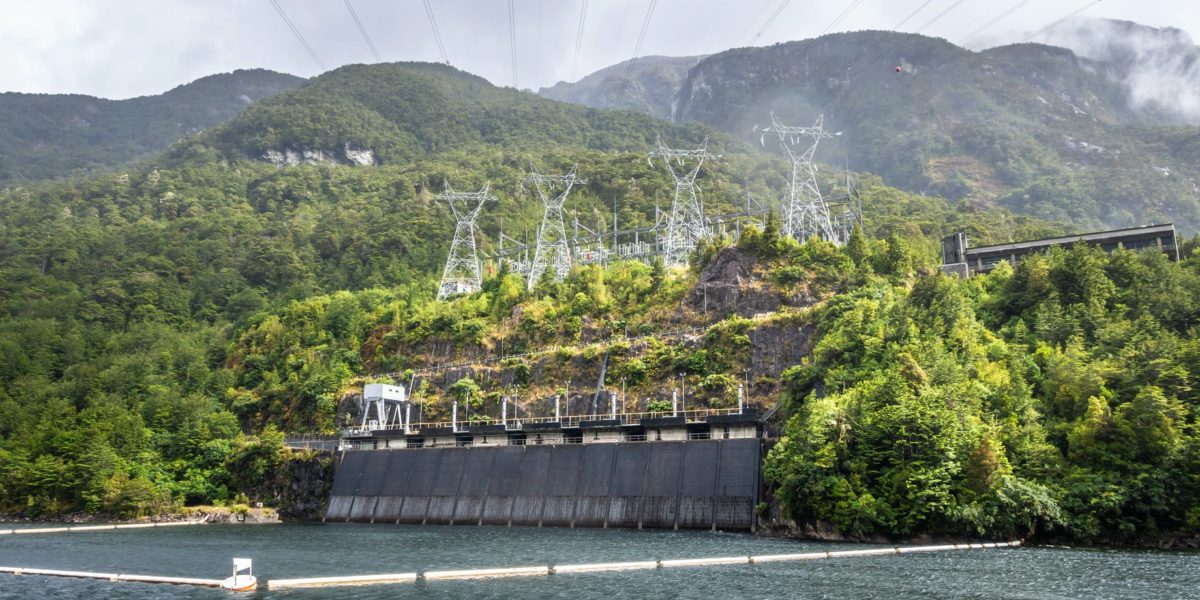Meridian Energy has selected Australia-headquartered Woodside Energy as its preferred partner to deliver its proposed $3 billion Southern Green Hydrogen project on New Zealand’s southernmost tip. The decision comes after a list of 80 interested companies was whittled down to two.
Meridian also announced that its joint venture partner, Contact Energy, has pulled out of the project. The reason for the withdrawal was not given, with Meridian simply saying in a statement that Contact Energy had decided not to continue into the next phase of the project as a development partner, though it will remain a potential electricity supplier.
Meridian says Mitsui. & Co. – which boasts the largest share of ammonia imports into Japan – is also now in discussions to join the project.
The proposal now moves into the final investment decision stage. Then, subject to finalizing commercial arrangements, Meridian, Woodside, and Mitsui will work toward commencing front-end engineering design for the project.
Added benefit
First proposed in June 2021, the Southern Green Hydrogen project seeks to explore the opportunity of producing green hydrogen in Southland following the announcement that Rio Tinto would close its Tiwai Point aluminum smelter, primarily powered by a Meridian hydroelectric plant.
The vision is to build a 600 MW facility which would use the power from Meridian’s Manapouri hydro scheme to energize hydrogen electrolyzers, targeting an annual production of 500,000 tons of ammonia.
“We expect the facility will have the added benefit of being able to provide up to 40% of New Zealand’s dry year flexibility needs to the electricity sector,” says Meridian Energy CEO Neal Barclay.
Nonetheless, there are doubts about the potential demand for Asia-Pacific ammonia megaprojects as Europe and the United States usher in superior policy environments.
pv magazine print edition
Winning the project is undoubtedly important for Woodside. The company is facing sharp and renewed criticism over its Scarborough gas project, a sustained source of protest for environmental group Greenpeace. Woodside is looking to stay relevant through its move into hydrogen, but is notably pursuing both blue hydrogen (made from fossil gas) as well as some green hydrogen through renewable energy sources such as hydro.
In June 2022, Woodside merged with BHP Petroleum, a deal that transformed the company into one of the world's largest gas and oil majors.
This content is protected by copyright and may not be reused. If you want to cooperate with us and would like to reuse some of our content, please contact: editors@pv-magazine.com.




2 comments
By submitting this form you agree to pv magazine using your data for the purposes of publishing your comment.
Your personal data will only be disclosed or otherwise transmitted to third parties for the purposes of spam filtering or if this is necessary for technical maintenance of the website. Any other transfer to third parties will not take place unless this is justified on the basis of applicable data protection regulations or if pv magazine is legally obliged to do so.
You may revoke this consent at any time with effect for the future, in which case your personal data will be deleted immediately. Otherwise, your data will be deleted if pv magazine has processed your request or the purpose of data storage is fulfilled.
Further information on data privacy can be found in our Data Protection Policy.